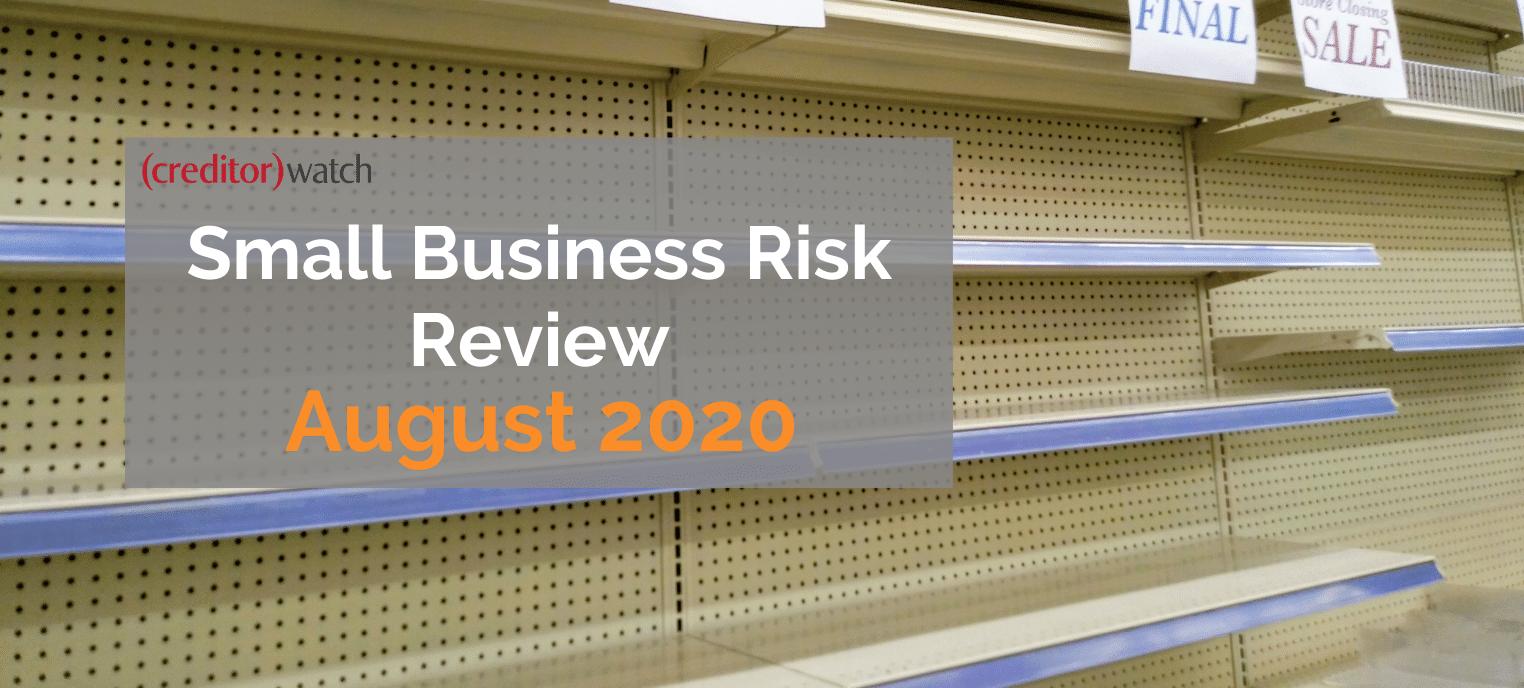Compliance with the PPSA is important
The PPSA was introduced to ‘level the playing field’ between unsecured and secured creditors on the insolvency of a customer.
By far the greatest benefit of the PPSA is its ability to create security in the goods you sell. The PPSA now allows you to truly retain the title in your goods until they are paid for. This is BIG news for suppliers but so few are aware of it.
How many times has a customer collapsed and you end up with nothing, whilst secured creditors (usually the Banks) get repaid? Well, the PPSA changes all of this.
Compliance with the PPSA promotes suppliers to secured creditor status for the goods/equipment you’ve supplied. You now have security in the things you’ve supplied. And, because you have security, you must register it on the PPS register if you want to rely on it.
Your security ranks ahead of the traditionally secured creditors, you now outrank the Banks! The following are real-life examples of their client’s experiences with the PPSA.
The Good
The 2018 collapse of M&C (in Liquidation) caused a great deal of concern for the almost $12m of unsecured creditors. Whilst secured creditors have recovered their debts in full, unsecured creditors will have to await the outcome of potential Insolvent Trading actions, if they progress.
However, for one of our clients, the story was much different. Their 2015 PPS registration over M&C meant they had security over the materials they had delivered but for which, they had not received payment.
Our client was able to recover their materials still on site as well as the value of the materials used by the Liquidators.
And last but not least, the PPSA extended our client’s security to cover the ‘proceeds’ arising from the use of their materials by M&C. In this case, M&C were providing construction services to their customer. When M&C collapsed, the project was incomplete and the customer owed M&C for outstanding progress claims.
When the customer ultimately paid the liquidators the progress payment, some of those monies were in respect to the materials supplied by our client. Accordingly, our client had the highest and best security over those monies and the liquidator forwarded those monies to our client.
All in all, our client recovered over 70 cents in the dollar of their $180k exposure. And our client will continue to participate in any further dividends the Liquidator may declare for unsecured creditors.
The difference between our client and the other unsecured creditors? An enforceable security interest created by the PPS registration.
The Bad
Contrast our client’s experience with another of the M&C material suppliers. Local media reported the plight of a supplier who owed more than $200k in a very similar situation to our client mentioned above.
The supplier claimed M&C were still to be paid by their customer, a Government Department. Accordingly, the liquidators would have recovered the outstanding progress claims from the customer. If this is the case, the supplier could have had security over any of the progress claim monies relating to the materials he had supplied.
All it required was a PPS registration, covering every transaction between the supplier and M&C for 7 years
Anyone selling anything on credit should comply with the PPSA. Whilst not a ‘silver bullet’, it can protect you from the insolvency of a customer.
The Ugly
The 2018 collapse of a civil contractor impacted not only its suppliers but its customers. One of those customers, a State Government agency, owed over $500k in progress payments to the contractor and a demand by the appointed Voluntary Administrators was quickly made for its payment.
However, the agency withheld payment whilst it sought out any suppliers or creditors of the civil contractor who may have had a legitimate claim to the monies. In effect, the agency was asking whether any suppliers had security over the monies; had any suppliers complied with the PPSA to enable them to make a claim for their ‘proceeds’?
None had and the monies were ultimately paid to the administrators. What a waste.
More articles like this: PPSR Series Part 3: Notable Case Studies
About the author
Simon Read is a chartered accountant with over 30-years experience in insolvency and more than 7 years specialising in the PPSA. He has been advising on the PPSA with PPSAdvisory since 2010 and has helped hundreds of Australian businesses reach compliance. Simon loves the PPSA and truly understands tha practical implications for your business. He has hands-on experience in many industries including retail, manufacturing, equipment sales and hires, construction, mining, forestry and agriculture.




